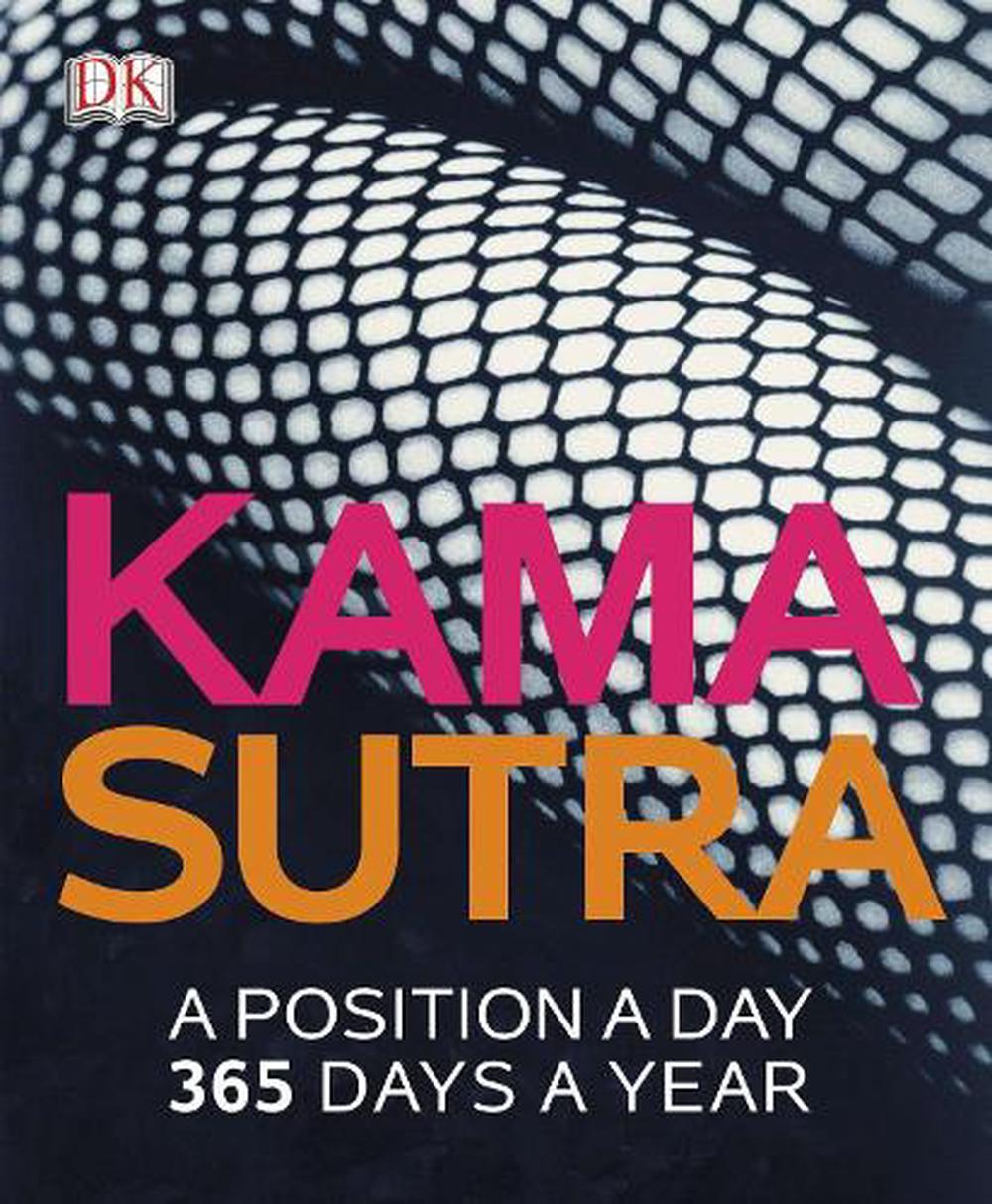



We can learn a lot about conventional Indian ideas of gender from the Kamasutra. I do not think these are its primary concerns, but it certainly is about gender, and to that extent Said, Foucault, and Butler are essential companions for us as we read it today. Read in the wake of Michel Foucault, it seems to be about power, and in the wake of Judith Butler, about the control of women and the denial of homosexuals. In the Burton translation, read now in the shadow of Edward Said, it seems to be about Orientalism. The product of a culture quite remote from our own, it is in fact a book about the art of living: about finding a partner, maintaining power in a marriage, committing adultery, living as or with a courtesan, using drugs – and also about the positions in sexual intercourse. The real Kamasutra, however, is not the sort of book to be read in bed when drinking heavily, let alone held in one hand in order to keep the other hand free. The part of the Kamasutra describing the positions may have been the best-thumbed passage in previous ages of sexual censorship, but nowadays, when sexually explicit novels, films, and instruction manuals are available everywhere, that part is the least useful.

Reviews of books dealing with the Kamasutra in recent years have had titles like “Assume the Position” and “Position Impossible.” In India, Kamasutra is the name of a condom in America, one website offered The Kamasutra of Pooh, posing stuffed animals in compromising positions (Piglet on Pooh, Pooh mounting Eeyore, and so forth). Most Americans and Europeans today think that the Kamasutra is just about sexual positions. And it makes us see just what Burton got wrong, and ask why he got it wrong. It also reveals relatively liberal attitudes to women’s education and sexual freedom, and far more complex views on homosexual acts than are suggested by other texts of this period. A new translation that I have been preparing, with my colleague Sudhir Kakar, for Oxford World Classics, reveals for the first time the text’s surprisingly modern ideas about gender and unexpectedly subtle stereotypes of feminine and masculine natures. The Kamasutra is known in English almost entirely through the translation by Sir Richard Francis Burton, published over a century ago, in 1893. There is nothing remotely like it even now, and for its time it was astonishingly sophisticated it was already well known in India at a time when the Europeans were still swinging in trees, culturally (and sexually) speaking. The Kamasutra, which many people regard as the paradigmatic textbook for sex, was composed in North India, probably in the third century C.E., in Sanskrit, the literary language of ancient India.


 0 kommentar(er)
0 kommentar(er)
